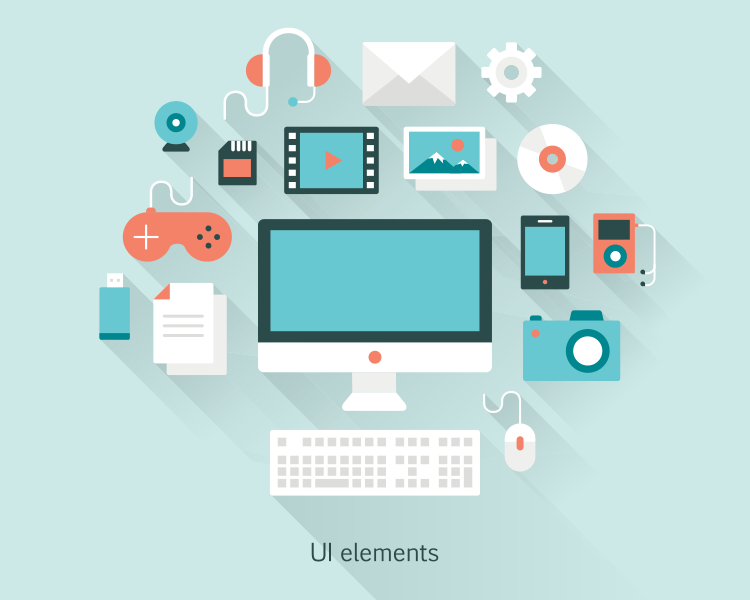The common-sense advice educators often receive about choosing a school-supplied device for students to use in the classroom as part of a one-to-one initiative is to consider the learning objectives you want this device to help you meet. Easy advice to offer, but not so easy to apply.
Here's the thing: If you objectively compare the educational uses of popular mobile computing devices, you'll find that (1) no device does everything well and (2) every device can, if you work at it, do most of what you need it to. A simple checklist of the features of two of the most common choices of student devices, Apple iPads and Chromebooks, demonstrates this verity for some common uses. When my district was trying to decide about the advantages of these two devices, we asked, would the device
- Support our Moodle learning management system? Yes, for both iPad and Chromebook.
- Support IXL adaptive reading and math programs? Yes, for both.
- Support our GoogleApps productivity suite? Yes, for both.
- Help users create content using multiple formats? Yes, for both (with iPads being better for photography and movie production, and Chromebooks being better for writing).
- Enable us to administer Minnesota's state-mandated online? Hard to say. My district is now in the trial stage of giving the assessments on both iPads and Chromebooks.
In assessing whether iPads or Chromebooks are best for your situation, you might also consider these technical specifications, which affect how practical it would be for a school or district to adopt the device on a large scale:
- How is the device managed? Are good Mobile Device Management (MDM) tools—such as the Chrome Applications Console for Chromebooks and VMWare's AirWatch for iPads—available for deploying and updating content, setting user rights, and monitoring use?
- How durable are the device and its peripherals, such as power cords?
- What's the battery life of the device, and how quickly does the device power up? This varies from model to model and manufacturer to manufacturer. I advise finding models with at least six hours of battery life.
- What is the screen resolution? How good are the camera and microphone?
How Do You View Literacy?
I don't want to fan the flames of the iPad versus Chromebook war among techno-enthusiasts. Actually, I'm starting to think that an educator's preference of device may be a simple test of how one personally defines literacy.
Basically, some educators view a physical keyboard as a must have for devices used in school. Chromebooks have a standard physical keyboard, but small, separate wireless keyboards can be used with iPads. Others see a rear-facing camera—which the iPad has, but not the Chromebook—as a crucial tool, because it's great for making movies and taking photos. To me, that says that educators who favor Chromebooks think writing is a primary skill to be practiced, whereas those who favor iPads for the classroom value transliteracy—communicating in multiple formats, including video—more highly.
Then there's screen readability. Chromebook fans consider the ability to read short passages from a landscape-oriented screen to be sufficient, and probably only need to read on their device for a short time. But iPad's portrait-screen orientation and high resolution make it a good choice for reading longer works like, well, books.
Some applications that educators love to use are more closely associated with one device, such as the Explain Everything app for the iPad—the popular tool that allows both teachers and students to annotate, narrate, and record words and graphic images. Yet the online tool Pixiclips enables students to do on the Chromebook much of what Explain Everything does. The rear-facing camera on the iPad makes it a great tool for making movies and taking photos, but digital photos can be imported to Chromebook editing software from inexpensive digital cameras.
An Audacious Suggestion
Let me suggest a rather audacious means of choosing the right device: Supply students with devices as inexpensively as possible, acknowledging that there will be some problems with functionality in any product. Although I'm sure there are exceptions, all the schools in which I have worked have had budgetary constraints. If a school pays as little as possible for physical devices, it will have funds remaining to spend on expanding access to more students, purchasing high-quality online materials like e-books or databases, or improving its wireless network.
Schools should calculate the TCO—total cost of ownership—for any technology purchase. This includes not just the initial hardware cost, but also costs for mobile device management licenses, upgrades, technical support, and replacing each device when it reaches the end of its life span. Calculating the anticipated life span of devices like Chromebooks and iPads that haven't been around for long (the iPad was released in 2010, and the first Chromebook in 2011) is truly a crapshoot.
I remember participating in heated arguments as a youngster about the relative merits of Fords and Chevys. We always chose the brand of car our family drove as the one that was superior; there was no rationality behind our choices. Let's ensure there is rationality today behind our decisions about which device to purchase for young people. Let's base our choices not on teacher comfort, management ease, or initial costs of a device, but on a complete analysis of teaching and learning needs.



